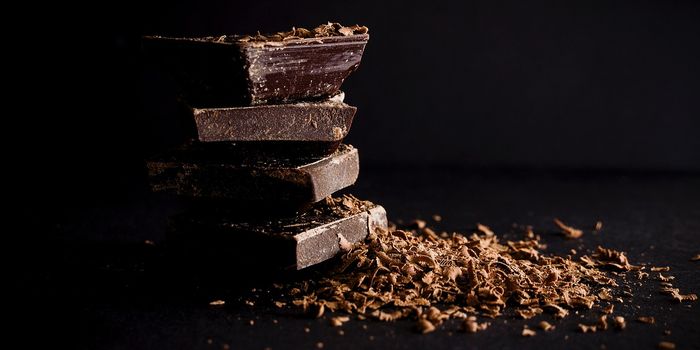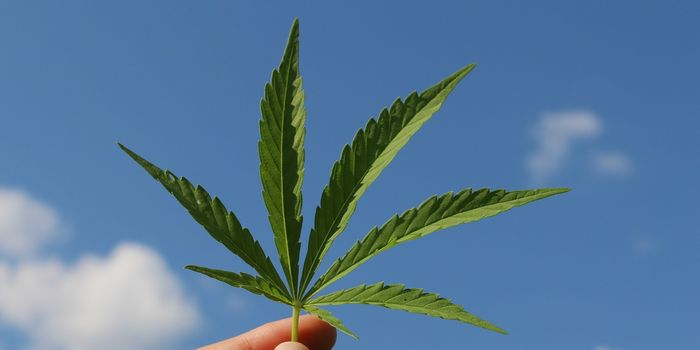Diet Filled with Leafy Greens Ends Man's 12-Year Battle with Migraines
Migraines can be a debilitating neurological condition for which there is no cure. A range of pharmaceuticals exist to prevent or treat migraines as they happen, though successful treatment is often indicated by only a 50% reduction in migraines. As a result, people have looked for other ways of managing migraines. Eliminating certain foods has become a common trend for migraine sufferers, which is based on the idea that certain foods may “trigger” a migraine (e.g., gluten, alcohol).
This idea was explored in a recent case study published in the British Medical Journal, which describes a man’s experience with chronic, severe migraines that he had been living with for over a decade. After making changes to his diet, however, the migraines suddenly disappeared. He has been free of migraines for seven years.
So what happened?
The patient in the case study, who reported having up to 24 days in a month plagued by a migraine episode, was advised to follow the Low Inflammatory Foods Everyday (LIFE) diet, which consisted of eating the following:
-
Dark-green leafy vegetables (e.g., spinach, kale) daily
-
A 32-ounce green smoothie once a day
-
Less whole grains, oils, and dairy/red meat
After the man started this new diet, the number of migraine days per month fell to just 1 in the first month after the diet, and then 0 after three months on the diet. But of course, a single case study does not signify a definitive conclusion about the connection between dietary changes and migraine headaches.
However, researchers still have a theory about what could have caused the change: a chemical called beta-carotene, which is found in a range of fruits and vegetables. It’s known for giving some foods a reddish-orange coloring and, importantly, having anti-inflammatory properties, according to previous research.
However, researchers note that there are other factors that could have played a role (for example, the man was HIV positive, which is known to increase the risk of migraines), though their theory certainly warrants further exploration.
Sources: Business Insider; British Medical Journal; American Migraine Foundation; American Journal of Lifestyle Medicine








